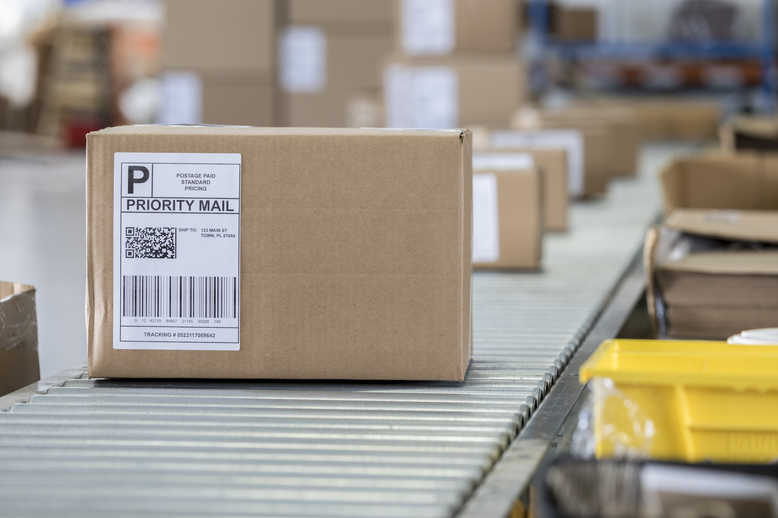SAP Q&A: How can Amazon survive and thrive on Prime Day?
From Supply Chain Digital, by HARRY MENEAR

Richard Howells, Vice President of Solution Management at Digital Supply Chain, SAP, shares his insights into the potential logistical challenges inherent to events like Amazon Prime Day, and how the e-commerce giant can overcome them.
Richard, given that Amazon reported revenues of $4.2bn on Prime Day 2018, an increase of 33% year on year, what sort of pressures can the event be expected to put on companies’ supply chains?
There’s no doubt Amazon has changed the retail game, forcing legacy organizations to evolve or admit defeat. During Prime Day 2018, the e-commerce giant experienced more than US$4bn in sales, despite technical difficulties on the day. I expect this year to be no different when it comes to sales.
A massive surge in demand for a variety of products, combined with Amazon’s quick delivery promise puts immense pressure on the company’s logistics providers to deliver with speed and efficiency. Warehouses will need to be stocked continuously based on real-time demand, trucks, trains and planes should be ready to deliver, and personal need to be in place to make it all happen with ease.
How do the challenges of Prime Day differ from the challenges presented by events like Cyber Monday and Singles Day in Asia?
The two biggest differentiating factors between Prime Day and other self-proclaimed retail “holidays,” like Black Monday and Cyber Monday is the coordination needed to support the number of users across the globe and the company’s 2 day-delivery guarantee for Prime Users.
While Singles Day, Alibaba’s version of Prime Day in China, definitely has a significant retail impact with $30.8bn in sales in 2018, it’s really just focused on one country. Prime Day, on the other hand, has expanded exponentially, as Prime subscribers are located in 17 countriesacross the globe, meaning Amazon’s supply chain has to adapt to accommodate a global scale.
The other challenge that Amazon faces on a daily basis is its promise to deliver customer’s desired items in two days or less. Consumers have been conditioned to place an order and expect the delivery to be at their doorstep in the next 48 hours, which is something that consumers aren’t promised with other retailers on Cyber Monday. To meet customers’ expectations this Prime Day, Amazon needs to continuously invest in its supply chain, leveraging technology that can connect the disparate parts of their business, adjust to demand in real-time and deliver on the promise of speed and transparency.
How can Amazon and its partners overcome these pressures, while maintaining the standard of speedy and hassle-free service that they’re known for?
We are entering a new freight era powered by intelligent data, enabling real-time decision making for both shippers and carriers. Amazon has certainly felt the pressure, but instead of cracking under it, the company has adapted its supply chain management strategy to meet the changing needs of its customers. To stay competitive, organizations need to take a page from Amazon’s book, by working to maximize worker utilization, and efficiency , see more sentiment analysis, market data on demand, make informed decisions about their operations, and ultimately grow their businesses in smart, strategic ways.
Prime Day is also part of Amazon’s Shipment Zero initiative to reach 50% net-zero carbon emissions in the next decade. How will Prime Day affect the company’s sustainability bottom line?
Though online shopping should be considered the more eco-friendly option, the benefits of e-Commerce rapidly decline, when consumers take advantage of the two-day free shipping perk and place multiple orders (requiring more packaging and transportation), instead of grouping their items together.
Amazon has processes in place to bolster sustainability practices, from giving customers the option to receive their items in the least number of packages possible, or allowing customers to designate their ‘Amazon Day,’ meaning that all packages will always be delivered on that chosen day of the week. While Prime Day will impact Amazon’s commitment to sustainability just based on the sheer volume of orders alone, knowing that there will be a spike in activity ahead of time can help their supply chain team prepare and hopefully consolidate transportation and delivery efforts, when possible.


